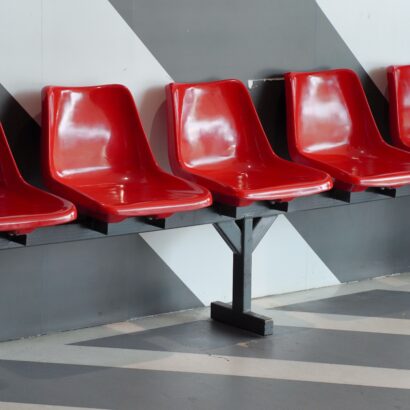PCAOB Sees Audit Quality Slipping

The Public Company Accounting Oversight Board has a message for auditors: Shape up.
According to the PCAOB’s latest report on audit inspections, firms are producing audits with deficiencies at an increasing rate. The board is projecting that fully a third of the audits it inspected from 2021 in its latest round of reviews will contain deficiencies significant enough that the firms conducting the audits in those cases did not have enough evidence to support their conclusions about the companies’ financial statements and internal controls. That is up from 29% in 2020.
The PCAOB annually inspects registered firms that conduct more than 100 audits of publicly traded companies in a year, such as the so-called Big Four. Smaller firms undergo a similar vetting every three years. The objective is to assess auditors’ compliance with laws, rules, and professional standards in their work. The public can access the inspection reports separated by firm in a PCAOB database.
The results of the latest review elicited what qualifies as pointed commentary in bureaucratic parlance from PCAOB Chair Erica Y. Williams. “Higher deficiency rates in 2021, coupled with the fact that the PCAOB is also seeing an increase in comment forms for 2022, are a warning signal that the audit profession needs to sharpen its focus on improving audit quality and protecting investors,” she said.
Additionally, the PCAOB said it expects about 40% of the audits will include at least one deficiency of the less serious variety, up from around 25% a year earlier. These entail issues that don’t rise to the level of nullifying the auditor’s opinion about a company’s financial statements. Overall, approximately 55% of the audits inspected had at least one deficiency, an increase from 44% in 2020.
The PCAOB highlighted the impact of critical audit matters, indicating they drove “a significant portion” of the growth in deficiencies. CAM-related issues were especially acute for small auditing firms. However, the board noted that CAM requirements for smaller companies went into effect in December 2020; that means smaller audit firms were dealing with the requirements for the first time.
Clearly, CAMs are drawing significant attention from the PCAOB. Around the time the board was releasing its report on audit inspections, it published a review of the impact of CAM requirements. The requirements took effect for larger companies in 2020 in an effort to give financial statements more utility for end users. They now apply to smaller companies as well, and the board found that roughly two-thirds of audit reports now communicate one CAM.
So now that the PCAOB has made its disappointment with auditing firms known, what does it intend to do about it? Recognizing that audit quality is slipping makes for a good start, but it’s just talk if auditors don’t fear the repercussions of sloppy work.



